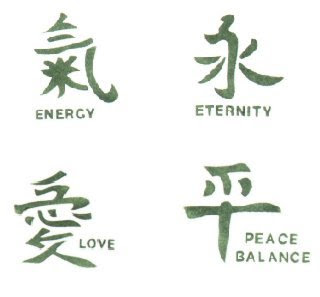

Zen masters have been testing their students with these stories, questions, or phrases for centuries. The Chinese word chán is a shortening of chán'nǎ "meditation, contemplation" a borrowing of the Sanskrit term dhyānam. After the head monk encouraged him, Linji met and asked Huangbo three times, What is the meaning of Bodhidharma coming from the West and each time Huangbo. Carol Kuruvilla Oct 31, 2015, 07:31 AM EDT A koan is a riddle or puzzle that Zen Buddhists use during meditation to help them unravel greater truths about the world and about themselves. From the 7th century onward, elements of Chan Buddhism began to reach Japan, where chán came to be pronounced zen. Chan Buddhism spread from China south to Vietnam as Thin and north to Korea as Seon, and, in the 13th century, east to Japan as Japanese Zen.

Mu is the negative symbol in Chinese, meaning No-thing. Chan is the originating tradition of Zen Buddhism (the Japanese pronunciation of the same character, which is the most commonly used English name for the school). Teachers often present koans in formal talks, or students may be challenged to 'resolve' them in their meditation practice. A monk named Bodhidharma, said to be of Indian origin, introduced Buddhist traditions emphasizing the practice of meditation to China in the 5th century and established Chan Buddhism. A monk asked Joshu, a Chinese Zen master: Has a dog Buddha-nature or not Joshu answered: Mu. Koans (pronounced KO-ahns) are cryptic and paradoxical questions asked by Zen teachers that defy rational answers. The Japanese word zen is a borrowing of a medieval Chinese word (now pronounced chán, in modern Mandarin Chinese) meaning "meditation, contemplation." Chán is one of the many Buddhist terms in Chinese that originate in India, the homeland of Buddhism. Word History: Zen, a word that evokes the most characteristic and appealing aspects of Japanese culture for many English speakers, is ultimately of Indo-European origin.


 0 kommentar(er)
0 kommentar(er)
